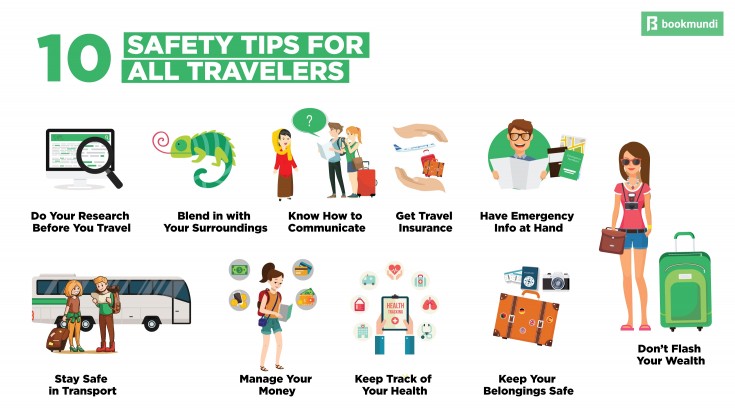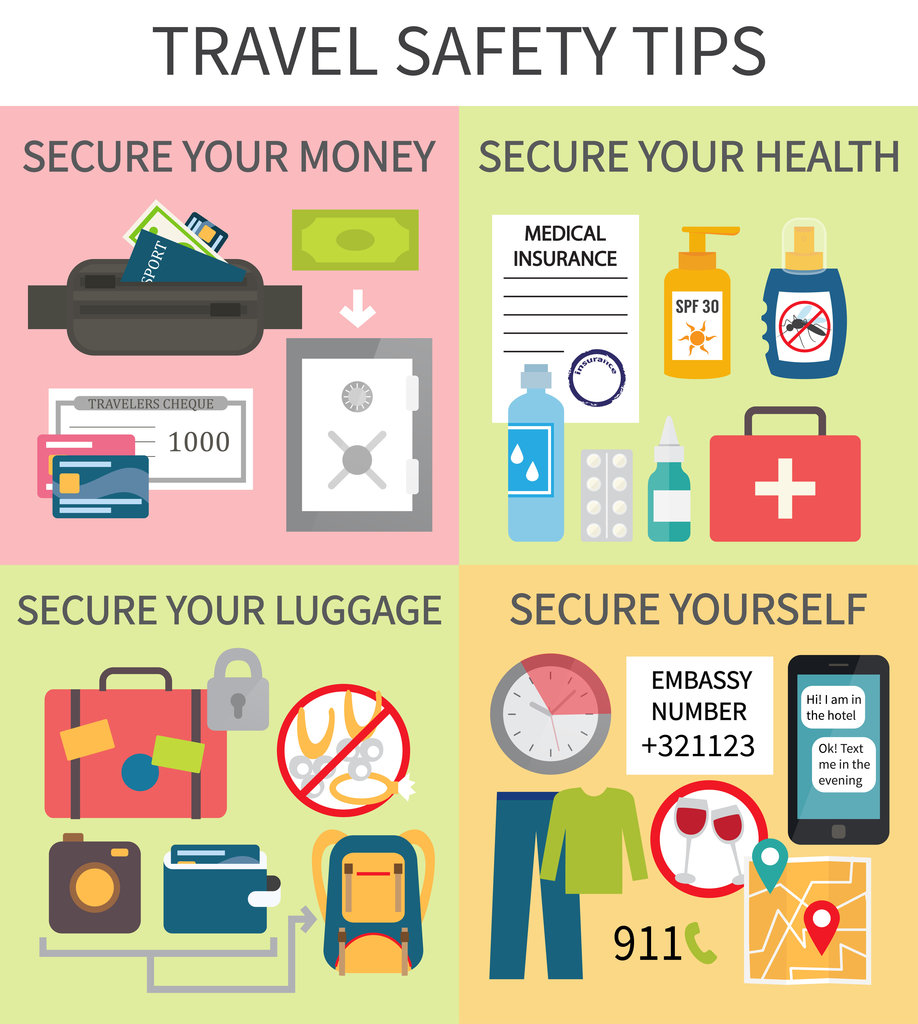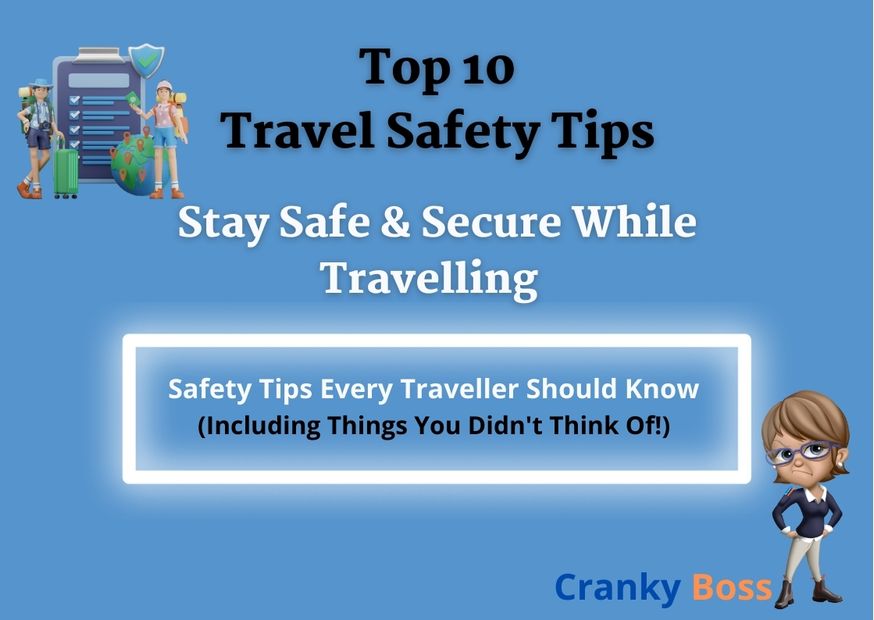Okay, so I’ve been getting a lot of questions about how I manage to travel to some, shall we say, less stable parts of the world. And believe me, it’s not always glamorous, and it definitely requires some serious planning. So, I thought I’d share my process, step-by-step.

Step 1: Digging Deep into Research
First things first, I don’t just pick a place on the map and go. I spend hours, sometimes days, researching. I start with the obvious – government travel advisories. I check what my own government says, but I also check what other countries like the UK, Canada, and Australia are saying. They often have different perspectives.
- Check multiple government travel advisories.
- Read recent news articles,not just the travel brochures.
I also dive into news reports, trying to get a sense of what’s really going on, not just the sensational headlines.
Step 2: Getting the Lay of the Land
Next, I try to understand the specific issues. Is it political unrest? Crime? Terrorism? Knowing the type of risk helps me prepare. I look for local blogs or forums where expats or locals share their experiences. These can be goldmines of information, offering tips that you won’t find in official guides.
For example, I will try to use the local language to search on the social media App and look for recent posts.

Step 3: Making Some Connections (Carefully!)
If possible, I try to connect with people on the ground before I go. This could be through expat groups, online forums, or even reaching out to people through social media. Having someone who knows the area and can give you real-time updates is invaluable. Of course, I’m careful about who I trust – I don’t just blindly follow anyone’s advice.
Step 4: Planning My Route (and Backup Plans)
Once I have a good understanding of the situation, I start planning my itinerary. This isn’t just about sightseeing. I carefully consider which areas are safer, which to avoid, and what transportation options are best. I always have backup plans – what if a road is closed? What if there’s a protest? I need to be able to adapt quickly.
- Plan routes through safer areas.
- Identify alternative routes and transportation.
- Have contingency plans for unexpected events.
Step 5: Packing Smart (and Discreetly)
Packing for an unstable country is different. I avoid flashy clothes or anything that screams “tourist.” I also think about practical things – a good first-aid kit, a water filter, maybe even a personal safety alarm. I make copies of all my important documents (passport, visa, tickets) and keep them separate from the originals. And I make sure someone back home has a copy of my itinerary and knows how to reach me.
- Copies of important documents stored separately.
- First-aid kit and essential supplies.
Step 6: Staying Alert (and Blending In)
Once I’m there, the key is to stay alert. I try to blend in as much as possible, avoid drawing attention to myself. I’m constantly aware of my surroundings, and I trust my gut. If something feels off, I get out of there. I also keep up-to-date on the local news and any developments that might affect my safety.
- Follow local news and stay updated.
Step 7: Sharing my experiences, eventually.
I keep taking note and pictures during my trip. And write them down in detail when I am back. Someday if possible, I will share them with more people who want to explore the world!

It’s a lot of work, honestly. But for me, it’s worth it to experience these places and share their stories. Just remember, safety always comes first. No trip is worth risking your life for.










